Immortals in Buddhist Arcadia: Picturing Greek Mythology (In 2 Volumes)
The images we respond to have a story that help to clarify the context; the role of memory in rediscovering the past establish its authenticity. The return of the Buddha from the Achaemenid period calls for the retrieval and reparation of Togatus BOAAO in the framework of Greek mythology to confirm its origin. It suggests that the Mahayana Mortuary Cult, linked to the Greek Hero Cult, has made amendments, alterations, and modifications in tune with the Roman Period. The Greco-Buddhist visual culture contains hidden issues that reveal the reciprocal influences of Hellenistic Persia and the Eastern Mediterranean region. Mahayana Buddhism coexists with early Christianity, Orphism, Mithraism, and the cults of Hercules, Bacchus, and Attis, the two androgynous gods of the Hellenic and Roman pantheon adopted by the Kushan Yavanarajya reinventing Devaraja and River cults in the A Delta-shaped Indian subcontinent. The aim is to reward the original creators and reclaim their vision and purpose related to popular beliefs and customs through which they cultivated the groundbreaking civilization in South Asia. Reparation to reverse the process of the subterranean flow of the imaginative Buddha channeled for a nation-building is like Daylighting a River, which is a visible form of restoring the cultural stream of a sacred landscape within the structure of mainstream religion and the social order.
The Mahayana cult presents two realities. One is the sole position of the Buddha at the core, which has given a world religion. The other reality breaking through is the goddess- centered mortuary cult involving Greek mythologies, hidden in plain view considering the secret nature of the Mystery Religion. Centaur to nude maidens, performance is part of the visual narrative in the Greco-Buddhist votive sculptures. From art to astronomy, scaffolding sigils in innovative visual modes mingle the geography of rebirth narratives with the acute observation of sacred architecture landscaped in Arcadia. The Greco-Roman style of magical Maya-Maia born on the other shore, peopled with heroes; BOAAO, Hercules, Bacchus, and Demeter, and casts from the Elysian Mystery, offers a historical view of the cosmic. transformation of pristine South Asia in the first and second-century CE.
Arputharani Sengupta's secondary field is deductive archaeology, melding art history with etymology and morphology to decipher a decidedly analogue feel in early Buddhist art and culture. A historian of visual and material culture gathers Greco-Roman identities. in the Buddhist artworks hiding pixelated lives of the people in a time capsule, living a revolutionary process to achieve immortality and forge the evolution of a new civilization in the Indian subcontinent. Tracking Greco-Buddhist artworks spun in Greek Mythology and conjured by aspirations backed by Egyptian skills flourishing during the first globalization in the Roman Empire has years of learning, teaching, and publishing several volumes.Sengupta is Professor Emerita | Head of Art History Faculty at the National Museum Institute of History of Art, Conservation, and Museology at New Delhi and Stella Maris College, University of Madras, at Chennai.
Contents: Maps, Preface, VOLUME - l: Introduction, 1. Greek Mythology Wrapped in Buddha's Toga, 2. Myth-Making of Alexander the Great, 3. Romance of Aquila and Queen Kakati, VOLUME - ll: 4. Heliodorus Pillar and Posthumans, 5. Materiality and Mahayana Mortuary Cult, 6. Sacred Art of Salvation, Epilogue, Additional Resource, Index.
Get it now and save 10%
BECOME A MEMBER

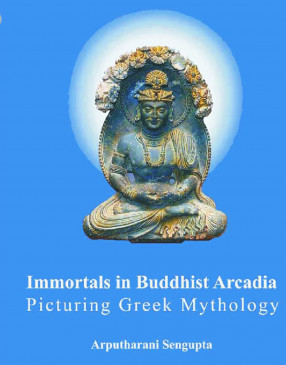
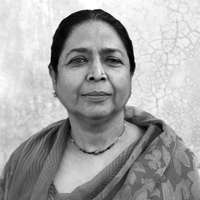
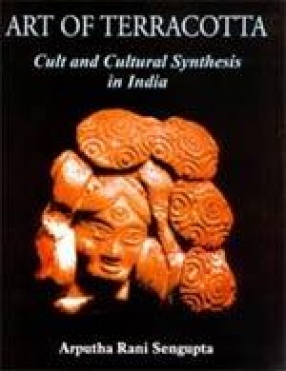
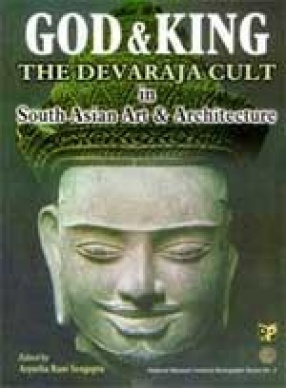
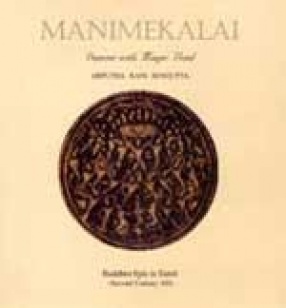
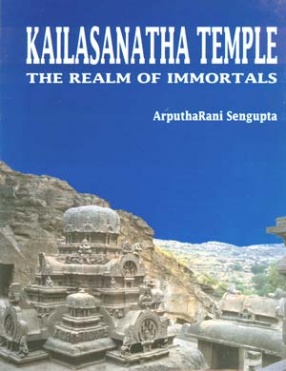
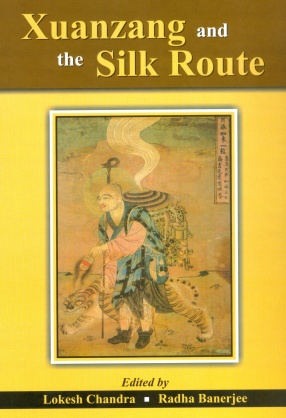
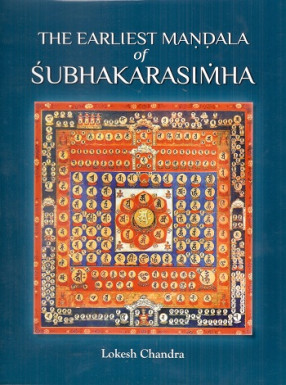
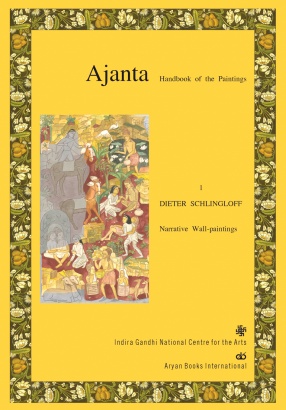
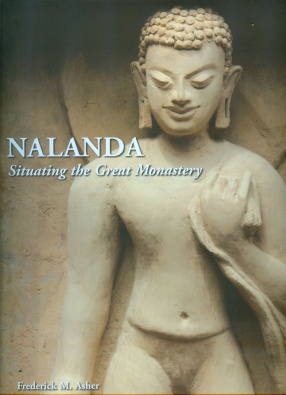

Bibliographic information